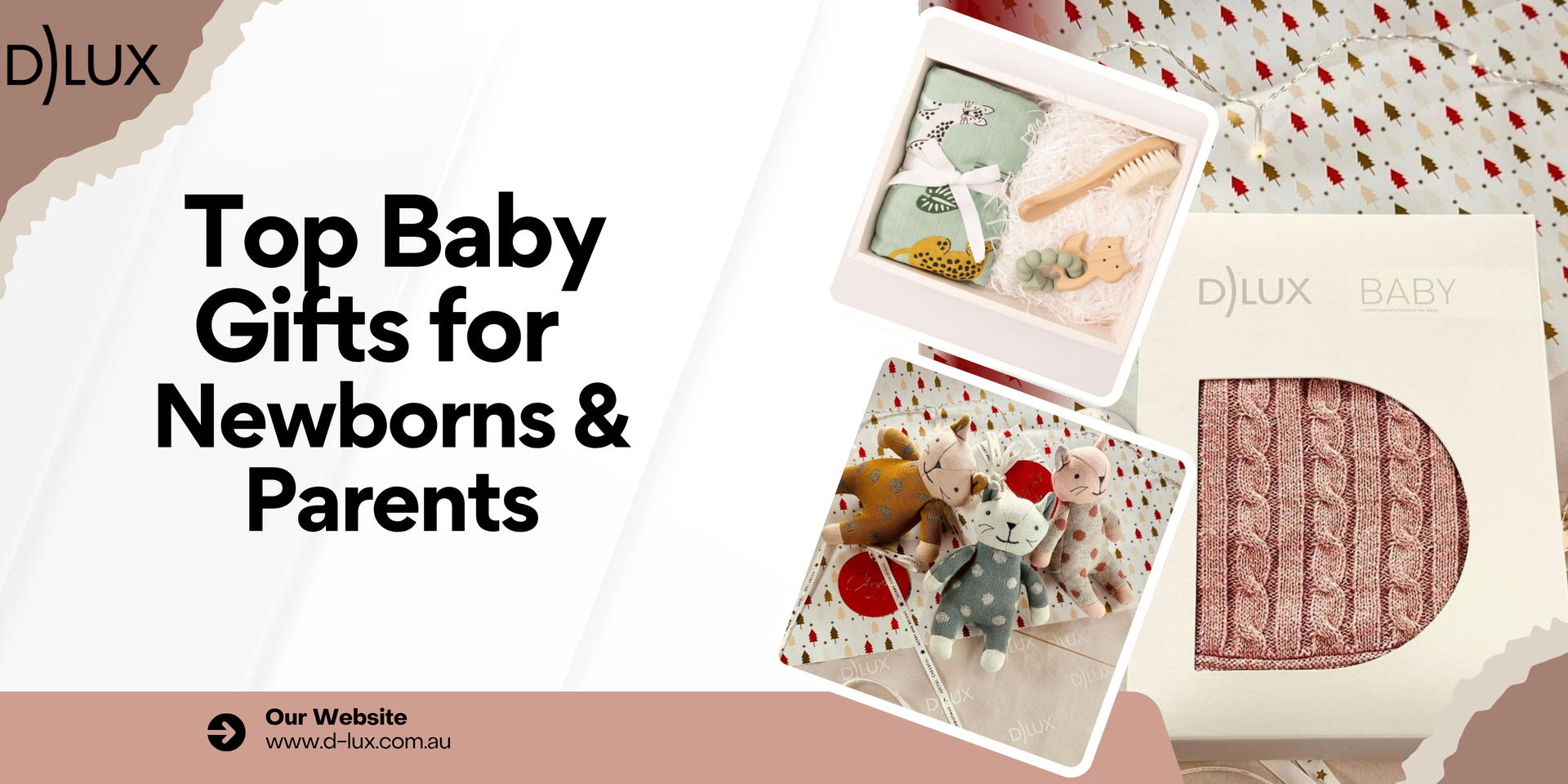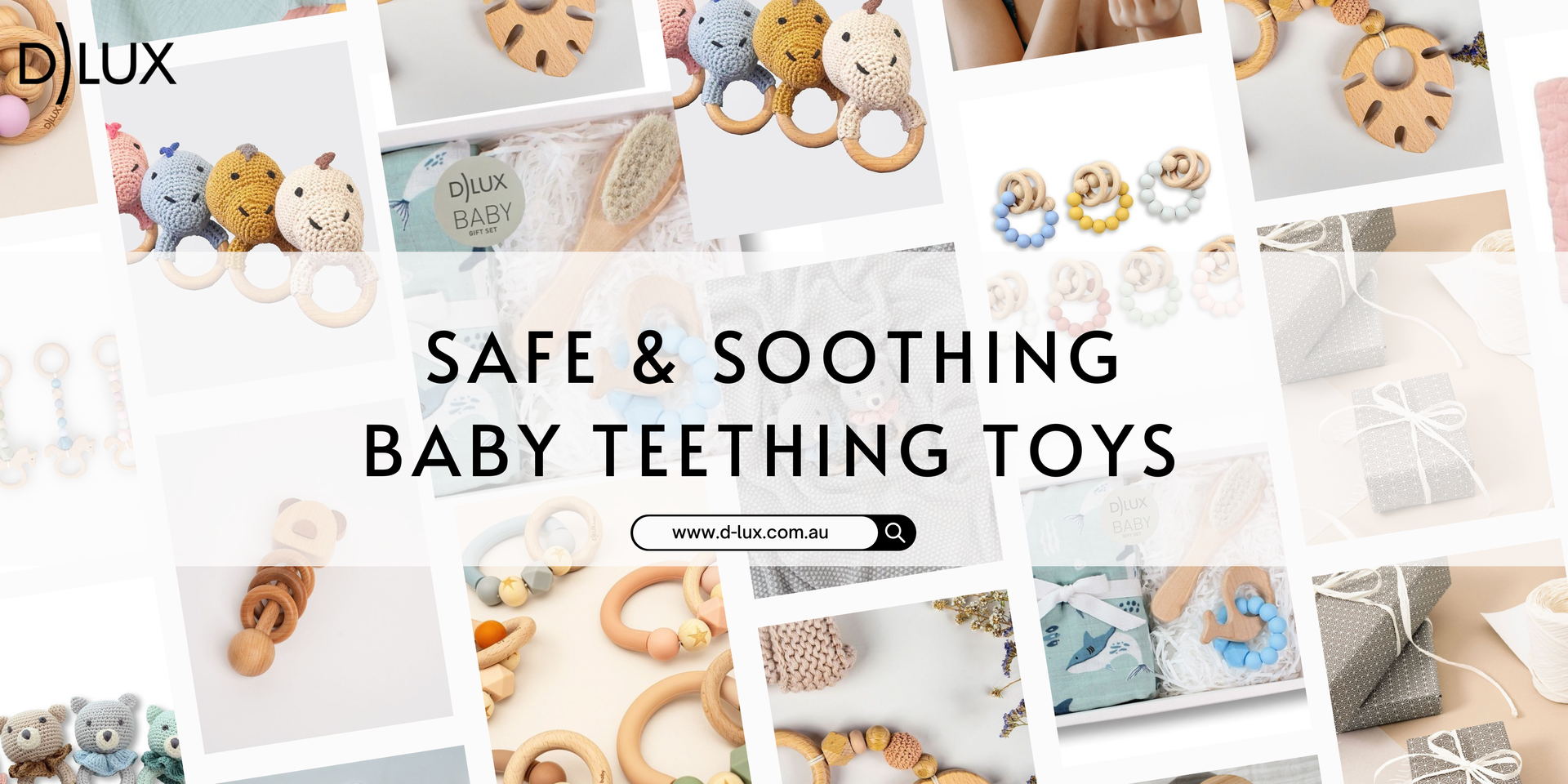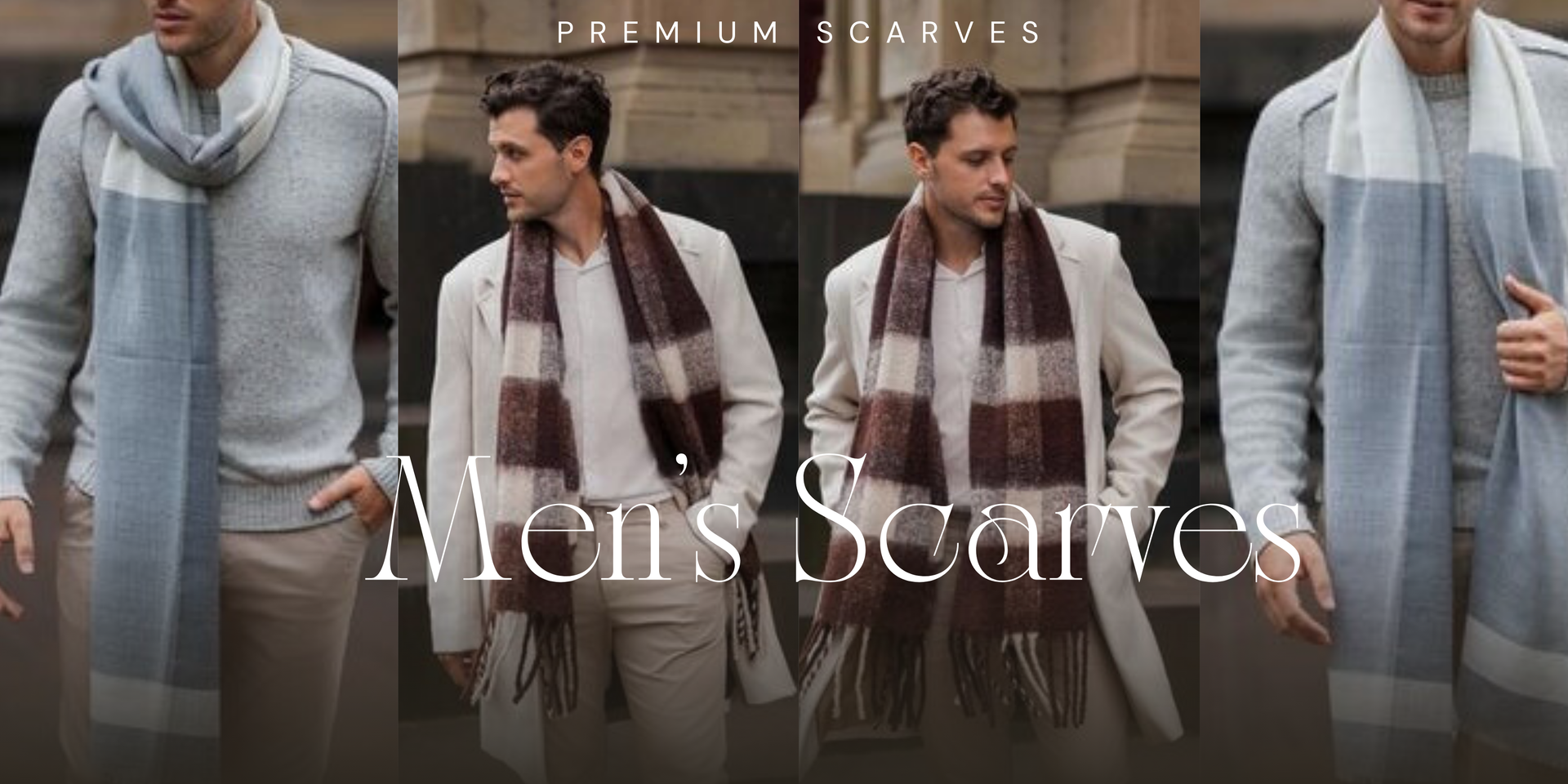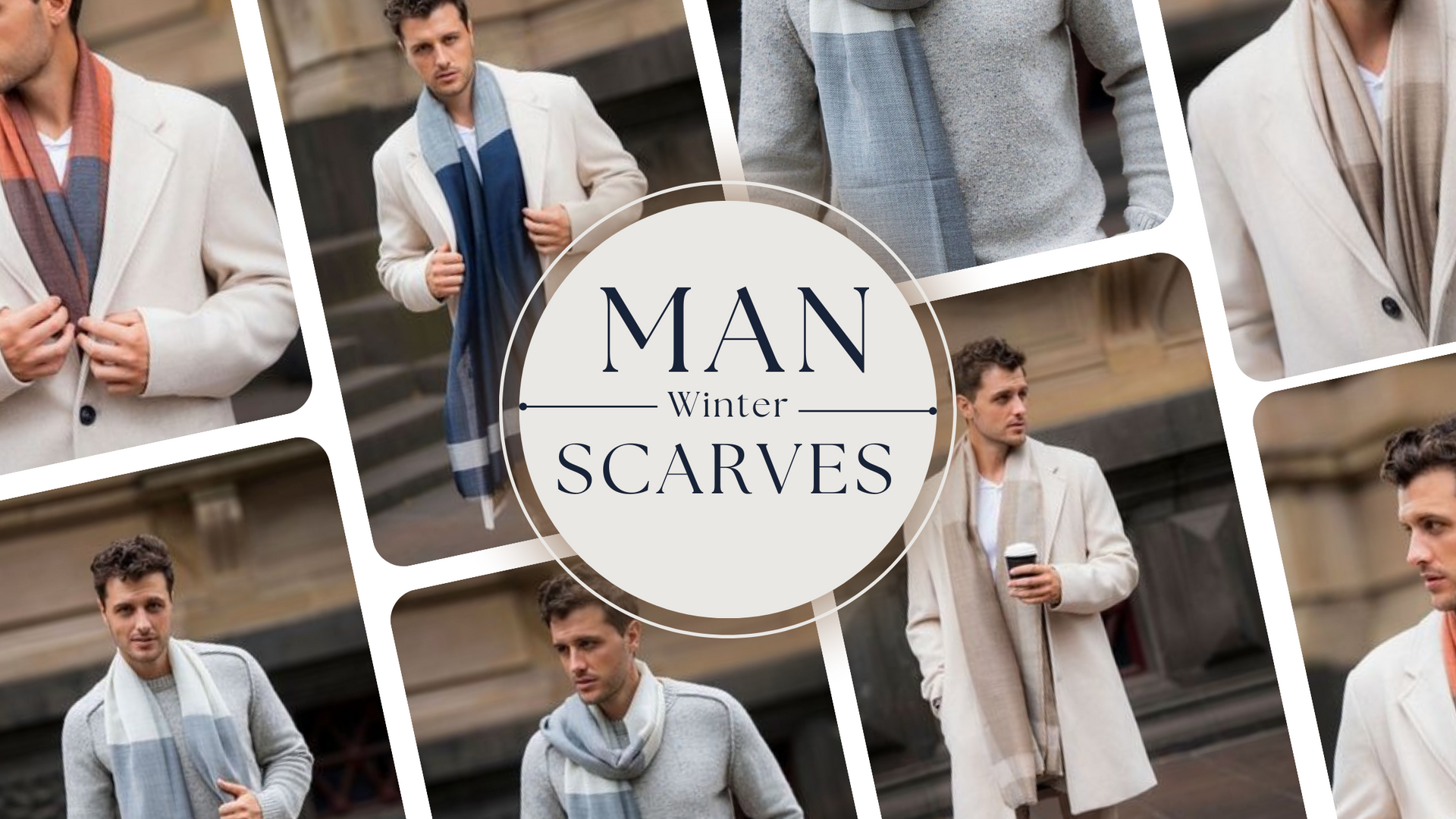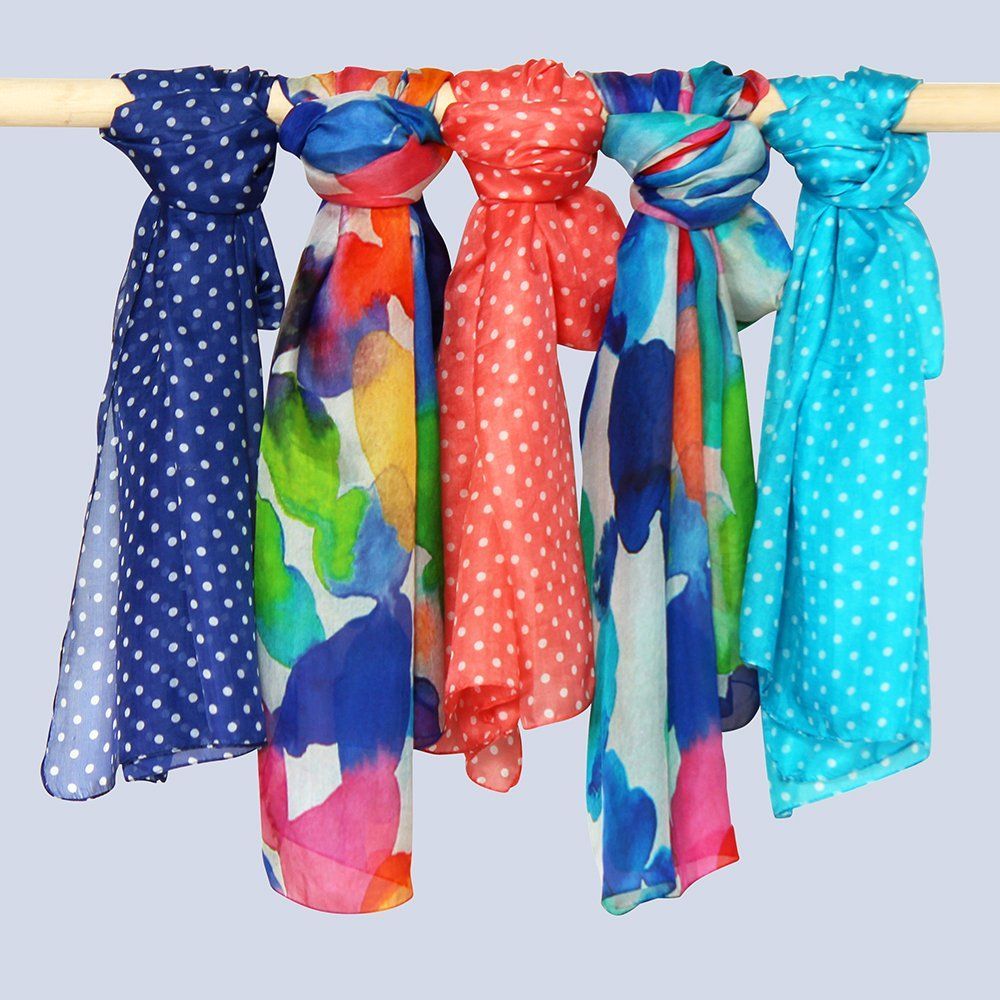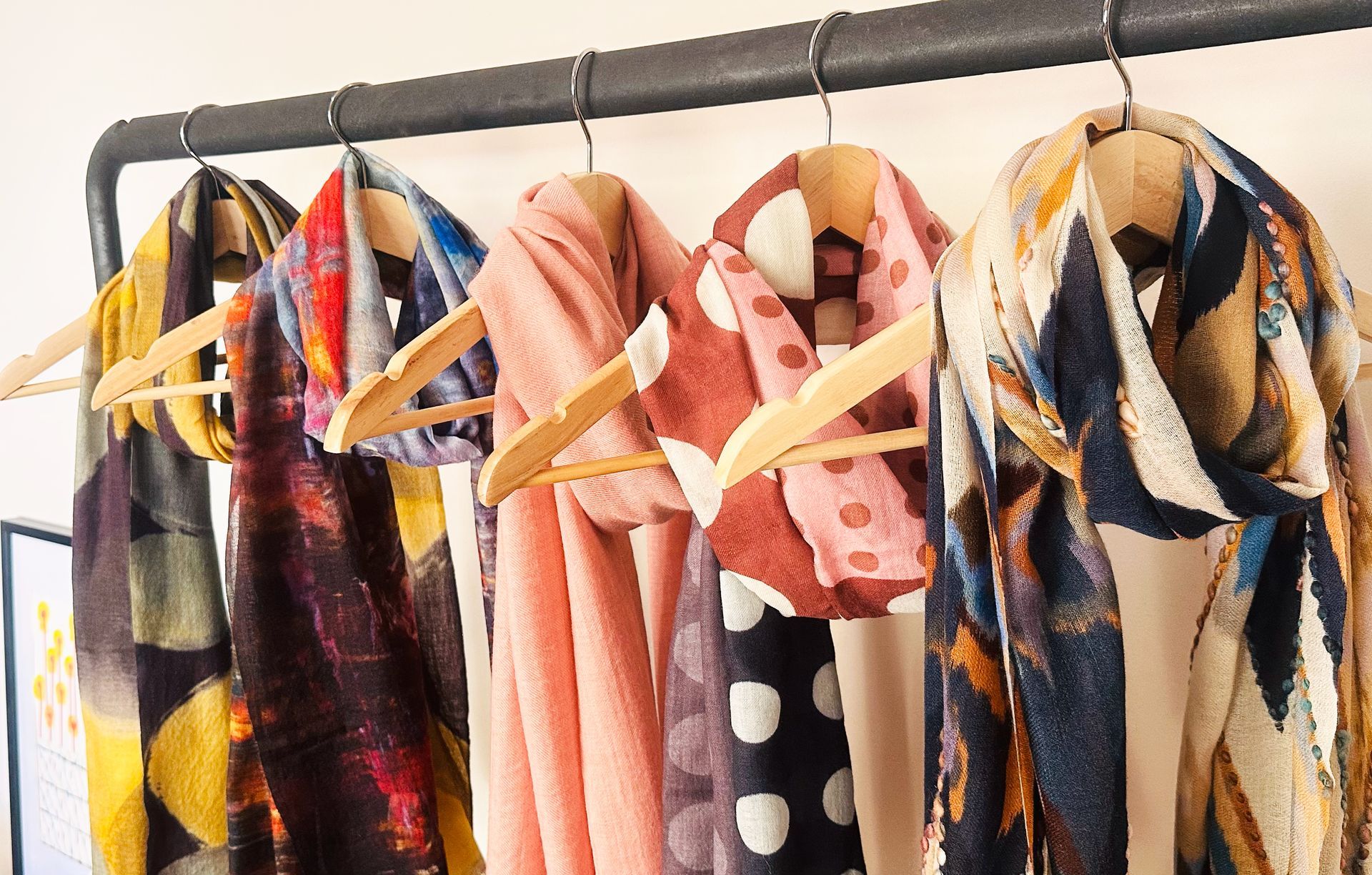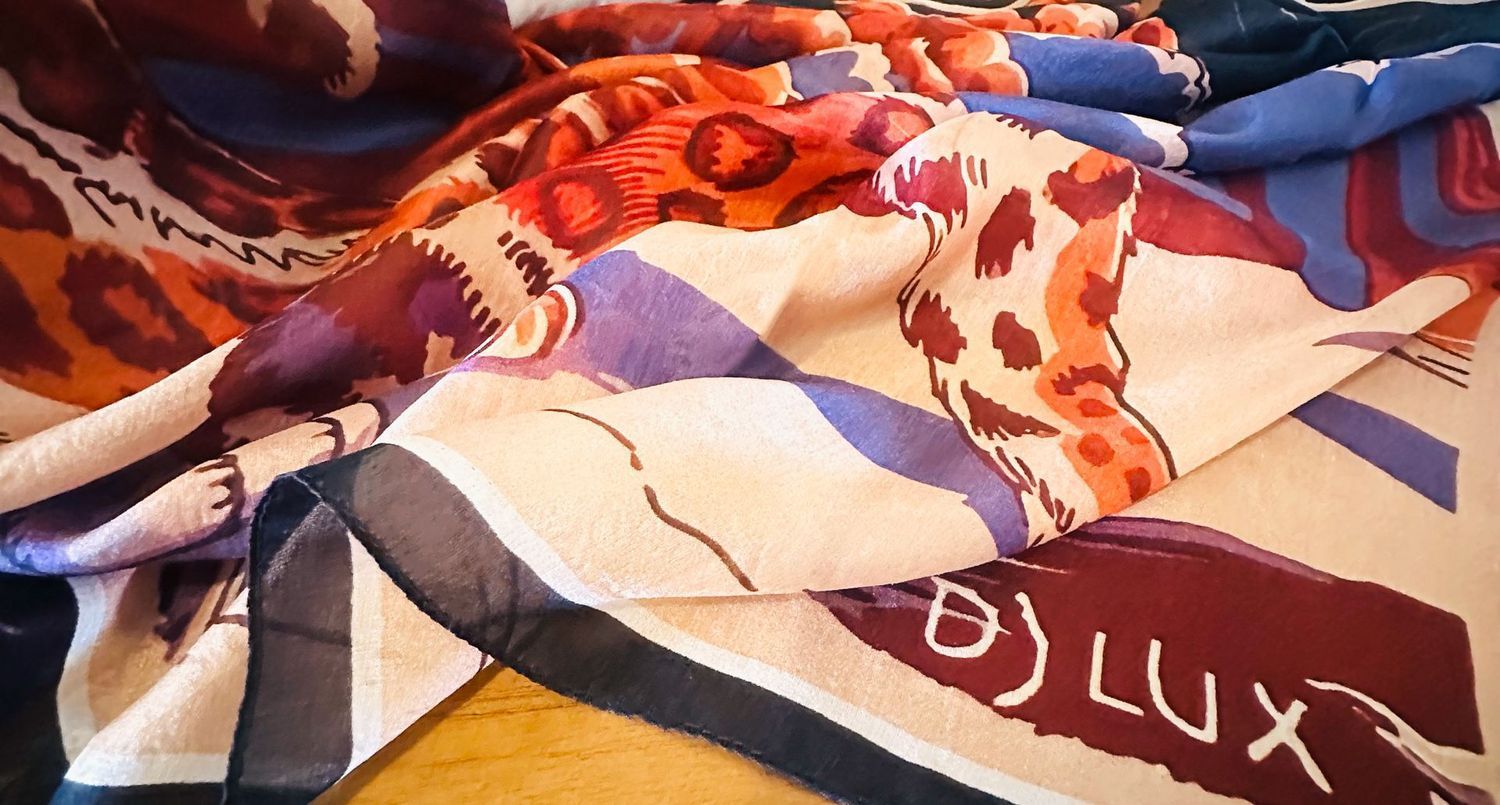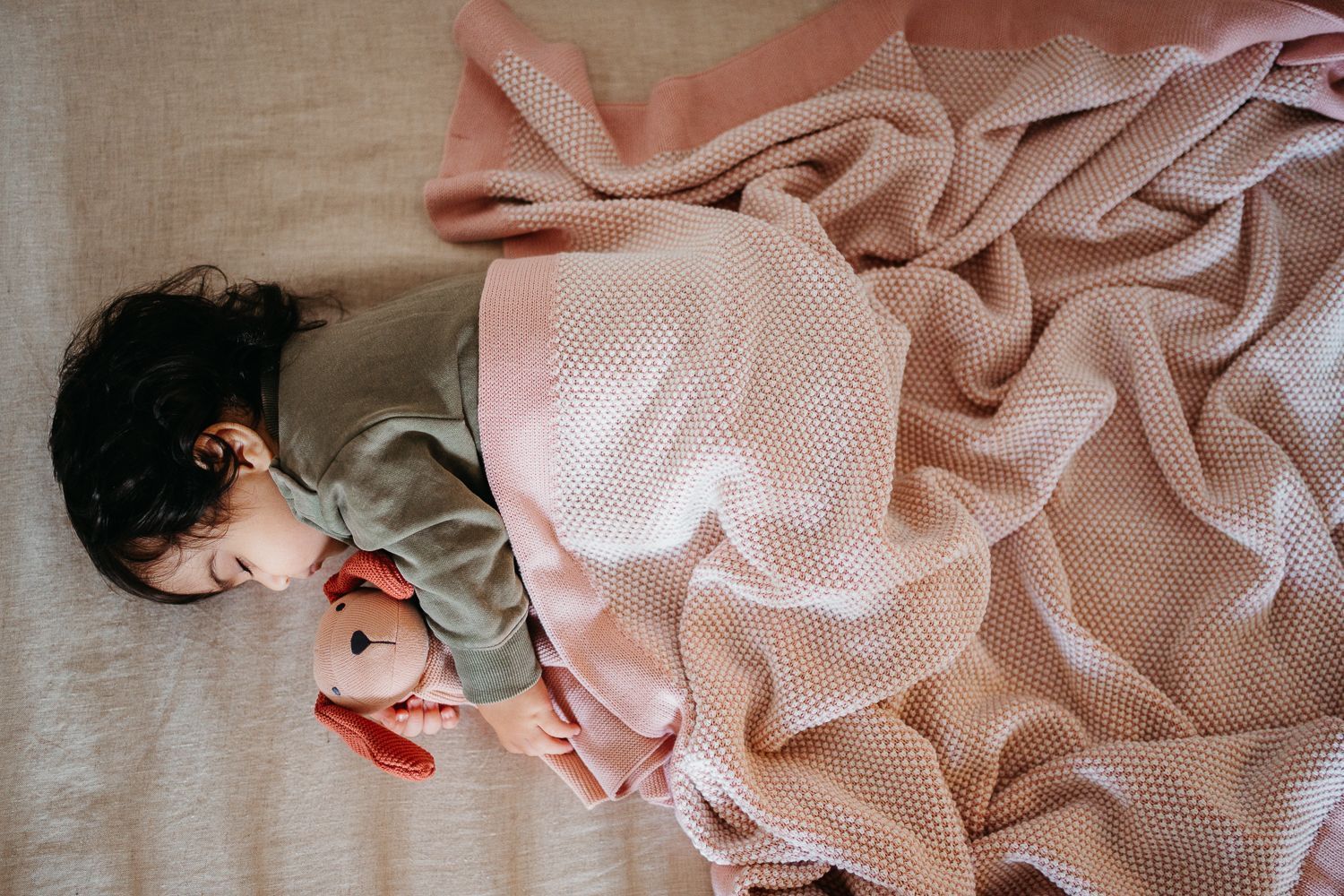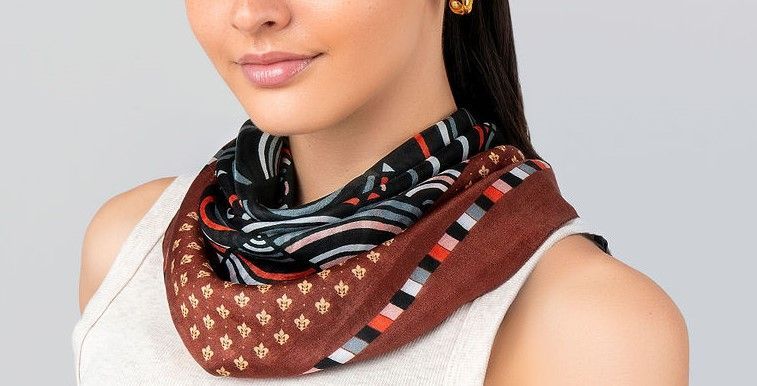
How to Style Luxury Scarves in Australia: Winter Styling Guide
Australian weather has its own sense of humour. Sunshine at breakfast, rain by lunch, and a biting wind in the evening. Melbourne can deliver four seasons before midday. Sydney’s harbour winds cut straight through a jacket. Perth pretends it’s warm until a sudden cold snap proves otherwise.
Most people just throw on whatever’s closest when the chill arrives — an old hoodie, a synthetic scarf from a Christmas gift bag, something that never feels quite right. But when you see someone wearing a proper scarf, you notice the difference. They look more composed, more intentional. As though they’re prepared for whatever the day decides to throw at them.
That’s why in Australia, scarves aren’t just accessories. They’re survival gear for commutes, outdoor meetings, icy offices, and evening catch-ups. The right scarf makes all the difference.
Fabric Actually Matters
The truth is, fabric makes or breaks a scarf. Synthetics like polyester might be cheap, but they don’t breathe, they trap heat at the wrong times, and they feel rough after a wash or two. Natural fibres are different. They adjust to you, not the other way around.
- Merino wool scarves changed the way people think about wool. No itch, no bulk — just warmth that adjusts to the day. Perfect for Australian winters that can’t make up their mind.
- Luxury scarves in Australia, especially those in cashmere, feel indulgent because they are. Hand-finished designs that keep their shape and depth of colour year after year. Natural fibres don’t deteriorate — they improve.
The fabric isn’t just about feel. It’s about whether the scarf becomes a trusted daily companion or ends up forgotten at the back of a drawer.
Styling That Works
Scarves aren’t complicated, but styling them well makes all the difference.
For Business
Work looks demand simplicity. Silk wool scarves with a blazer or overcoat bring polish without fuss. Navy against grey, charcoal against navy — classic combinations that always look intentional.
For Weekends
Relaxed doesn’t mean sloppy. Wool scarves in Australia, layered over knitwear, good shirts, or casual jackets, carry colour and texture into downtime. Burgundy, deep green, or navy adds interest without clashing with the rest of the wardrobe.
For Evenings
Evening style benefits from elegance. Silk scarves in Australia drape beautifully over tailored coats or knitwear. Women can carry them over dresses or blazers; men can wear them loose for an understated finish. A small detail, but it shifts an outfit from everyday to refined.
Styling isn’t about knots or tricks. It’s about balance — the right fabric, the right colour, worn with confidence.
Real Weather, Real Solutions
Australia’s winters don’t follow a script. Freezing air conditioning inside, car heaters blasting, dry winds outside, then a sudden drop in temperature by nightfall. That’s where winter scarves prove their worth in Australia.
Natural fibres adapt — keeping you warm in the cold and comfortable indoors. Synthetic scarves simply can’t keep up.
Brisbane’s Sarah summed it up perfectly after three winters with her cashmere scarf from Australia:
“The D)LUX’s cashmere scarf feels better every year. Softer, more comfortable, part of me now.”
That’s what natural fibres do. They age with you, not against you.
Why Quality Pays Off
Designer scarves aren’t about fashion statements in Australia. They’re about solving daily problems — staying warm on the commute, looking sharp in a meeting, staying comfortable through weekend plans.
Cashmere scarves in a neutral colour will outlast a drawer full of synthetic accessories. Well-made merino wool scarves will quietly become part of his or her routine. Hand-printed silk wool scarves add individuality without trying too hard.
Good scarves don’t need to be thought about — you just reach for them, stay comfortable, and get on with your day. That’s when you realise it’s no longer just an accessory. It’s an essential.
About D)LUX
At D)LUX, we’ve spent over 20 years creating scarves from natural fibres — hand-wool, hand-printed, and always without polyester. The result? Pieces that feel good against the skin, improve with age, and work every single day in Australia’s unpredictable climate.

